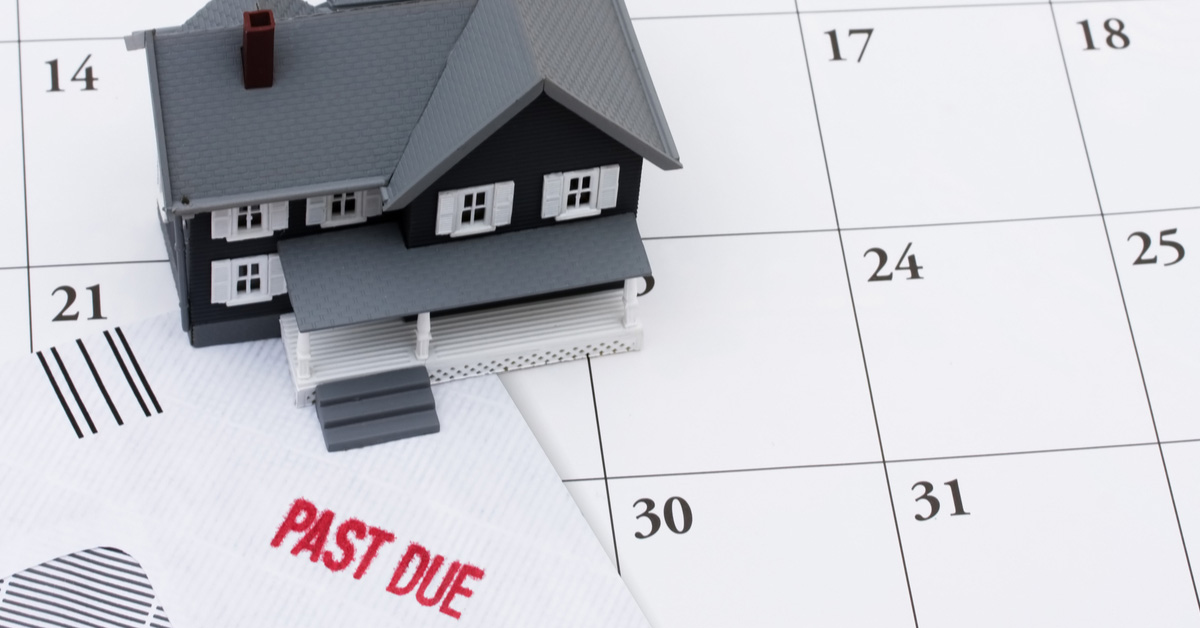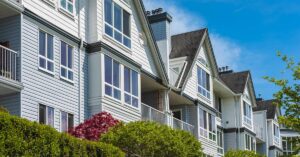Purchase demand is soaring and home prices remain on the rise despite the persistence of the COVID-19 crisis in the United States, but at least one facet of the housing market appears to be showing some cracks in the form of the serious delinquency rate.
According to CoreLogic’s latest Loan Performance Insights report, the serious delinquency rate — the share of mortgages 90 days or more past due, including loans in foreclosure — has risen to 4.1% in July. That’s up from 1.3% in July 2019 and represents the highest percentage of loans in serious delinquency since April 2014.
Such figures are troubling given the doggedly high unemployment levels in areas hard-hit by the novel coronavirus. The recoveries for many sectors, including, hospitality, entertainment, tourism, oil and gas, have been slow and uncertain, and as more temporary job losses have become permanent, many Americans have been left tapping into their savings to keep their home loans current.
As those funds dwindle, borrowers are finding themselves sliding further down the funnel of delinquency, according to CoreLogic President and CEO Frank Martell.
“Many Americans, particularly millennials, are taking advantage of low rates to either purchase their first home or upgrade their living situations,” Martell said. “However, given the unsteadiness of the job market, many homeowners are beginning to feel the compounding pressures of unstable income and debt on personal savings buffers, creating heightened risk of falling behind on their mortgages.”
Join 210,000 mortgage professionals
Get the news, trends and industry updates in your inbox to become a better mortgage originator. Subscribe to emails below.
More and more Americans are finding themselves at the bottom of that funnel, Martell added, with July’s 120-day delinquency rate surging to 1.4%, the highest such rate in more than 21 years and twice the peak in the Great Recession during December 2009.
“The spike in delinquency was all the more stunning given the generational low of 0.1% in March,” said Martell.
The overall delinquency rate during July was 6.6%, up 2.8 percentage points compared to July 2019. Early-stage delinquencies (30 to 59 days past due) actually decreased annually, falling to 1.5% from 1.8% in July 2019 and down from 4.2% in April when early-stage delinquencies vaulted as much of the country shut down.
Adverse delinquencies (60 to 89 days past due), however, are up year over year, growing to 1% from 0.6% in July 2019. The transition rate — the share of mortgages that went from current to 30 days past due is 0.8%, flat year over year.
Every state posted year-to-year growth in both the overall and serious delinquency rates, with COVID hotspots and areas dominated by hard-hit industries seeing the largest impact. Nevada (where the overall delinquency rate rose 5.2 percentage points), New Jersey (4.8 percentage points), Hawaii (4.7 percentage points), New York (4.6 percentage points) and Florida (4.4 percentage points) saw the biggest delinquency increases.
Similarly, while all metros logged at least a small uptick in serious delinquency during July, metros with large shares of employment in slow-to-recover sectors were impacted most. The Texas cities of Odessa, Laredo and McAllen, which are tied heavily into the oil and gas markets, saw large annual jumps in serious delinquency, up 7.5, 6.6 and 6.2 percentage points in July, respectively. Tourism-heavy Miami (6.4 percentage points) and Kahului, Hawaii (5.9 points) also saw big increases.






